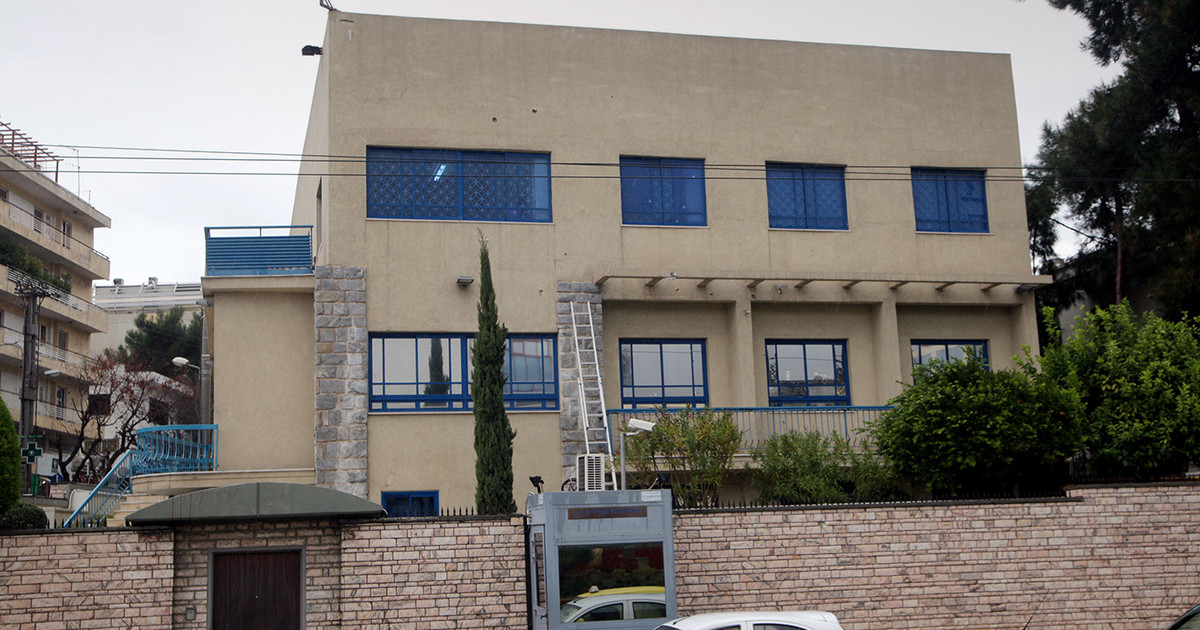The launch of the Artemis I unmanned mission was canceled after the team failed to resolve a problem with one of the rocket’s four engines.
The next release opportunity is on September 2nd, but whether or not another attempt is made on that day depends on how testing goes.
“Launch controllers continued to assess why a bleed test to place the RS-25 engines at the bottom of the center platform in the proper temperature range for takeoff was not successful and ran out of time in the two-hour launch window. ,” according to an update shared by NASA.
“Engineers continue to collect additional data,” the US space agency added.
The launch team still needs to troubleshoot the engine and will keep the rocket in its current configuration to collect data and assess what needs to be done.
Both the Space Launch System rocket and the Orion spacecraft, positioned on Launch Pad 39B at NASA’s Kennedy Space Center in Florida, remain stable, according to NASA officials.
Prior to the cleanup, the countdown was extended to an unplanned hold while the launch team worked on a troubleshooting plan for one of the rocket’s four engines.
That’s because the launch team discovered a problem with the engine bleed on engine #3. Attempts to reconfigure it were unsuccessful.
During engine bleeds, hydrogen passes through the engine to condition it for launch. Three of the four engines are working as expected, but engine #3 had a problem.
NASA Administrator Bill Nelson addressed the cancellation shortly after the announcement, stressing that Artemis I is a test flight.
“We don’t release until it’s right,” Nelson said.
“They have a problem with the bleed gases in an engine. It’s just illustrative that this is a very complicated machine, a very complicated system, and all these things need to work. You don’t light the candle until you’re ready to go,” she added.
It’s something Nelson has personal experience with. As an astronaut, he was on the 24th space shuttle flight. Its launch was delayed four times and the fifth attempt resulted in an impeccable mission.
“If we had launched on any of these cancellations, it wouldn’t have been a good day,” he said.
More information will be shared at a press conference later this Monday (29), according to NASA.
The Artemis I mission
Orion’s journey will take 42 days as it travels to the Moon, circles around it and returns to Earth – traveling a total of 2.1 million kilometers. The capsule will land in the Pacific Ocean off the coast of San Diego on October 10.
While the passenger list does not include humans, it does have passengers: three mannequins and a plush toy Snoopy.
The crew aboard Artemis I may seem a little unusual, but each one serves a purpose. Snoopy will serve as a zero-gravity indicator – meaning he will begin floating inside the capsule once he reaches the space environment.
The dummies, named “Commander Moonkin Campos”, “Helga” and “Zohar”, will measure the radiation from deep space that future crews will be able to experience and test a new suit and shielding technology.
A biology experiment carrying seeds, algae, fungi and yeast was placed inside Orion to measure how life reacts to this radiation as well.
Cameras inside and outside Orion will share images and videos throughout the mission, including live views of the Callisto experiment, which will capture footage of Commander Moonikin Campos sitting in the commander’s seat.
If you have an Amazon Alexa-enabled device, you can ask about the mission location every day.
Expect to see images of Earthrise, similar to what was shared during Apollo 8 for the first time, but with much better cameras and technology.
Science experiments and technology demonstrations accompany the rocket in a ring. The 10 small satellites, called CubeSats, will split up and go their separate ways to gather information about the Moon and the deep space environment.
The inaugural mission of the Artemis program will kick off a phase of space exploration that lands diverse crews of astronauts in previously unexplored regions of the Moon and eventually delivers manned missions to Mars.
The rocket and spacecraft will be tested before taking astronauts to the moon on Artemis II and Artemis III, scheduled for 2024 and 2025, respectively.
Source: CNN Brasil






